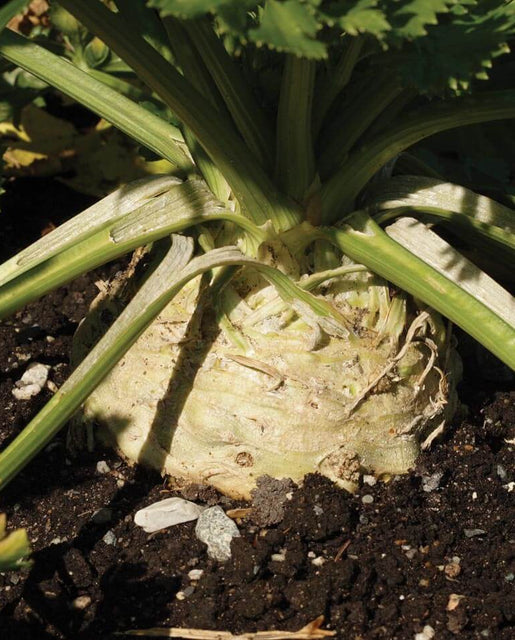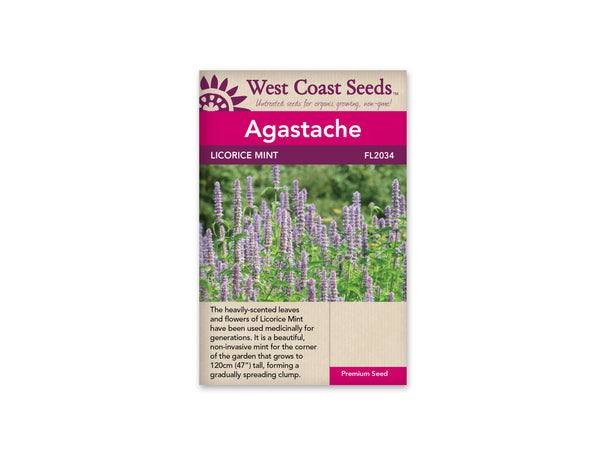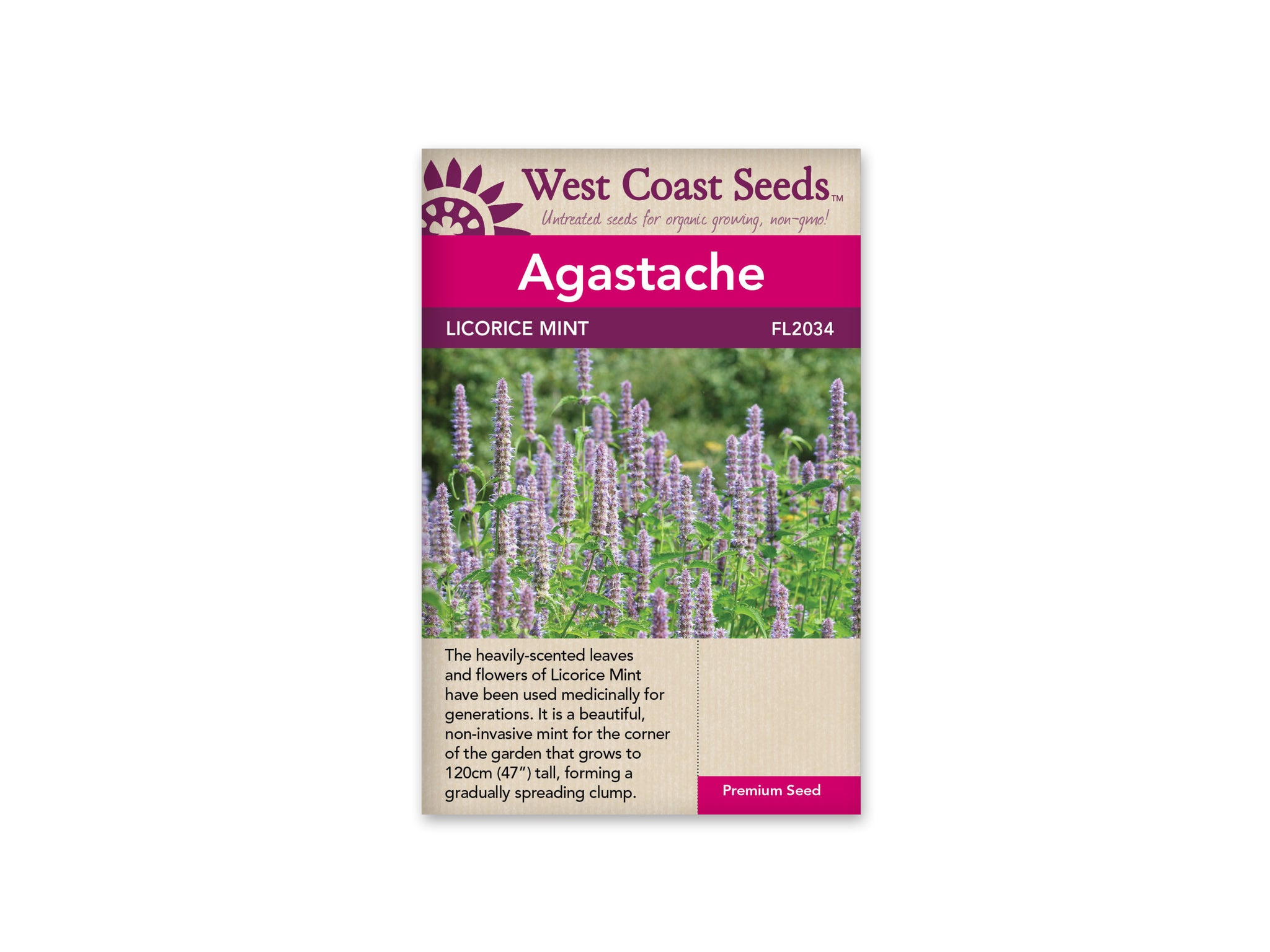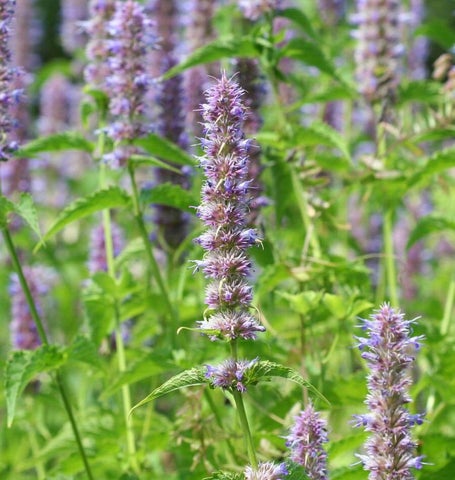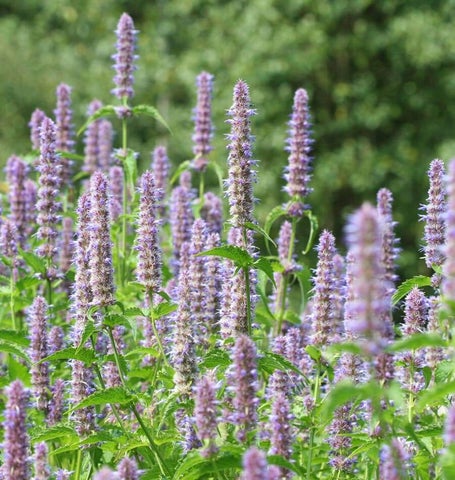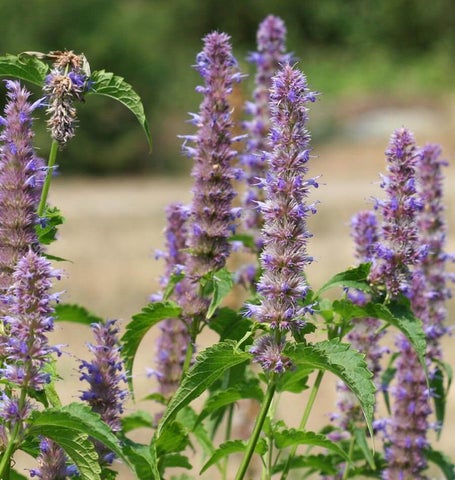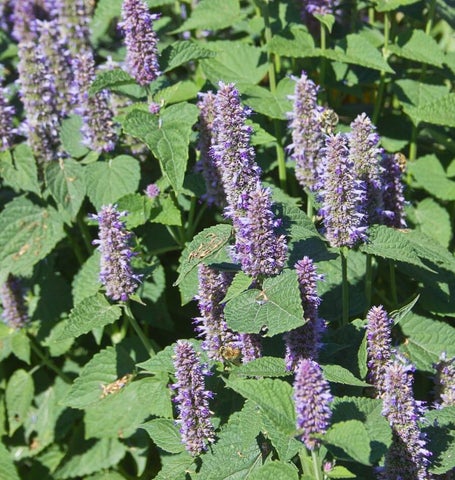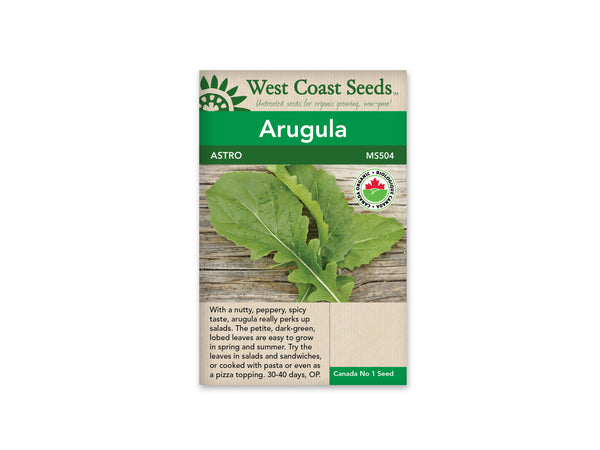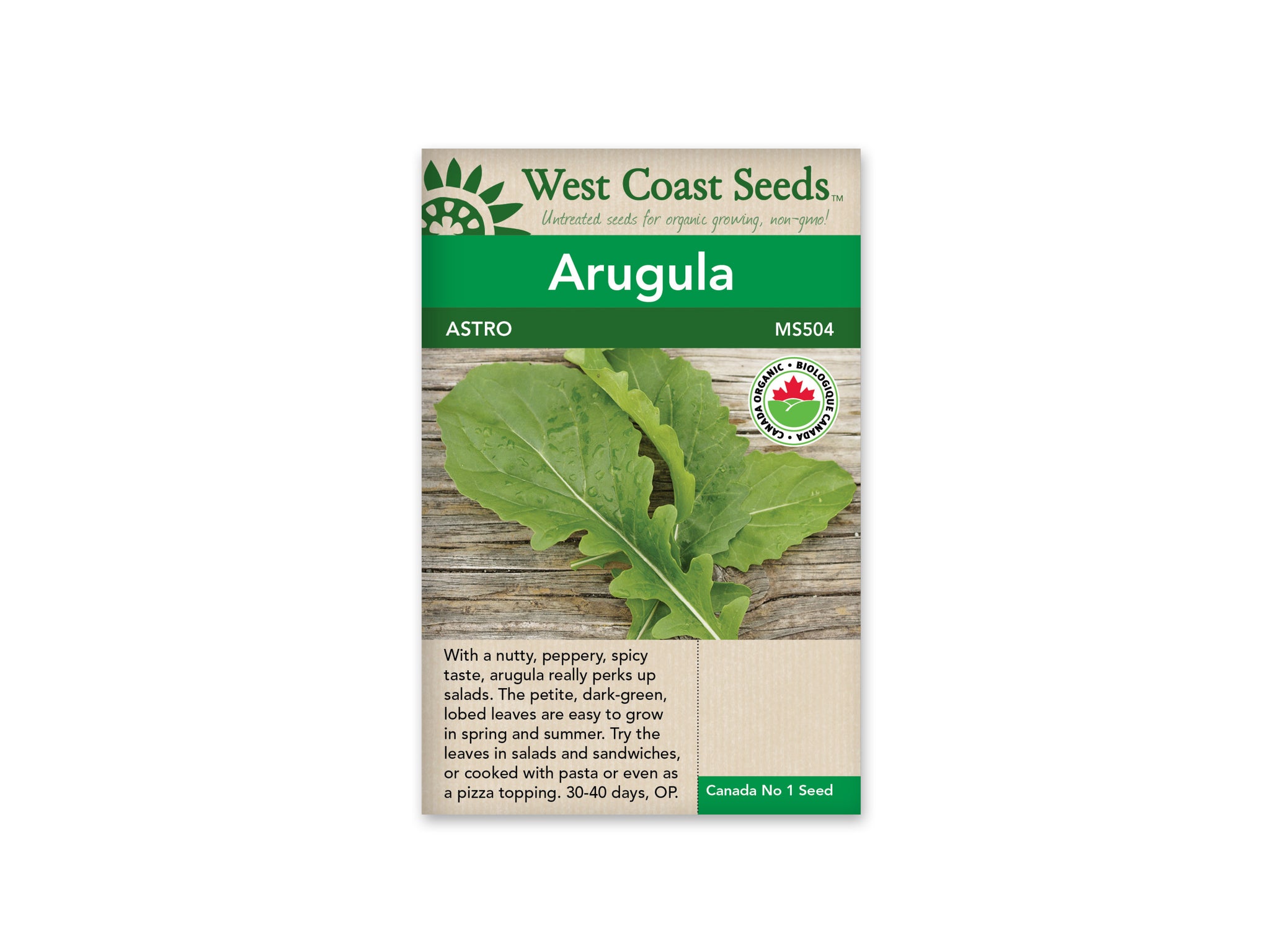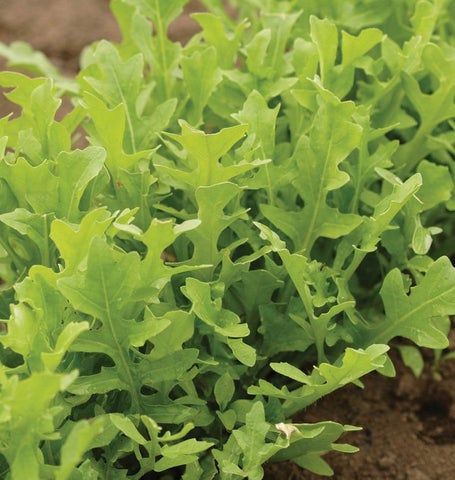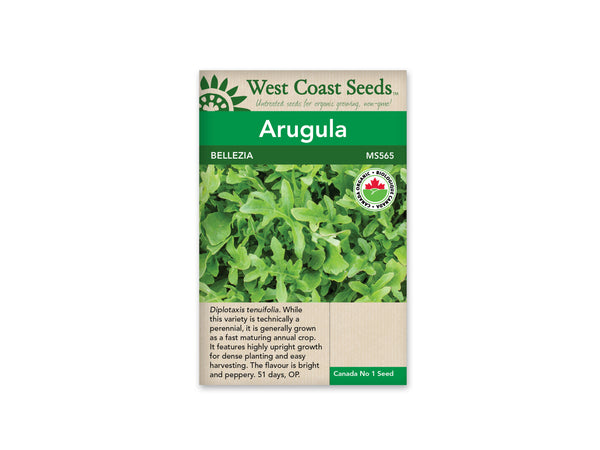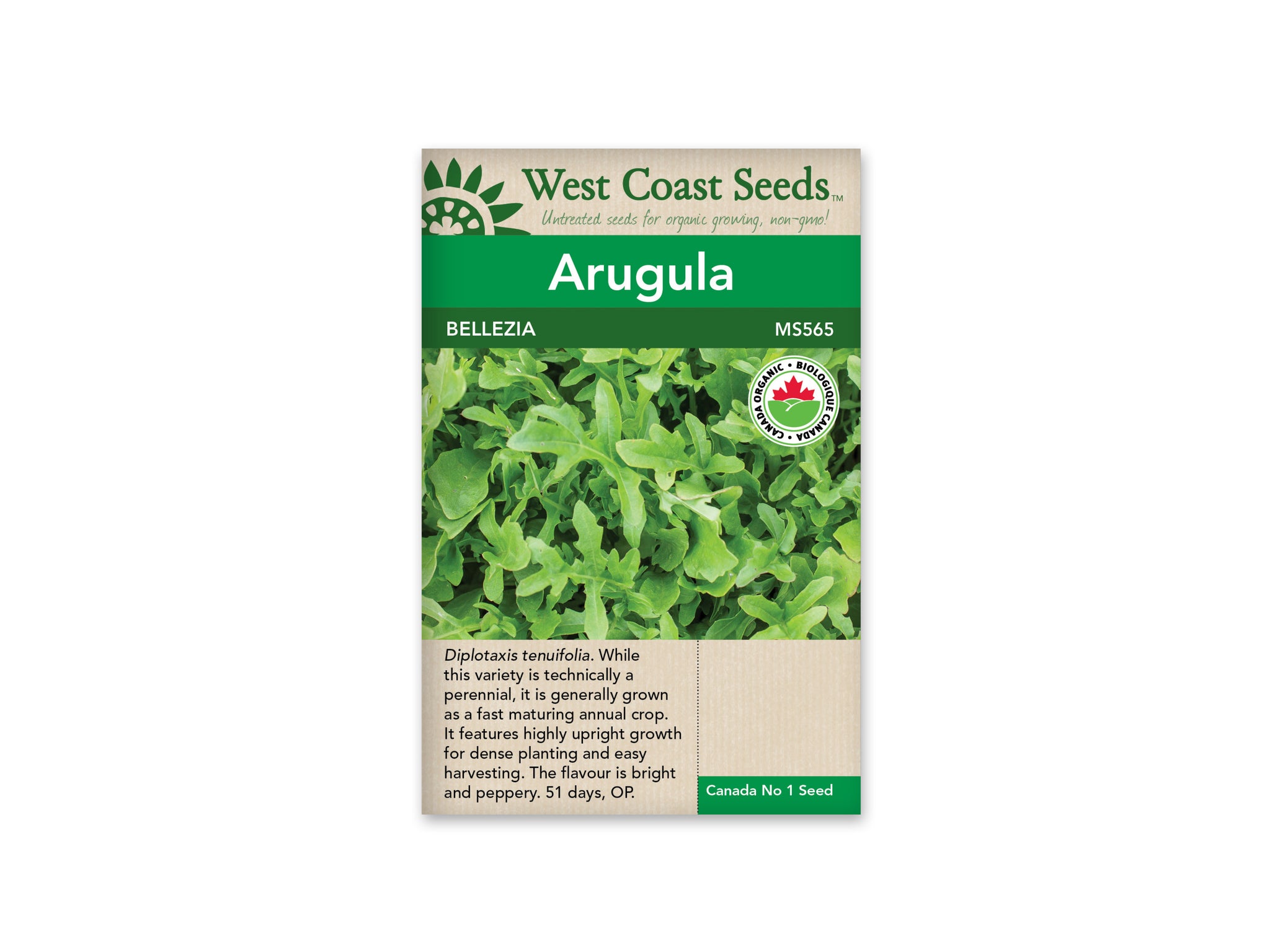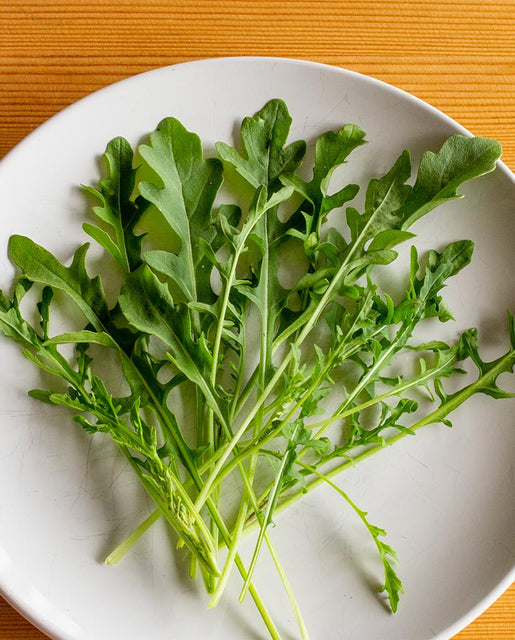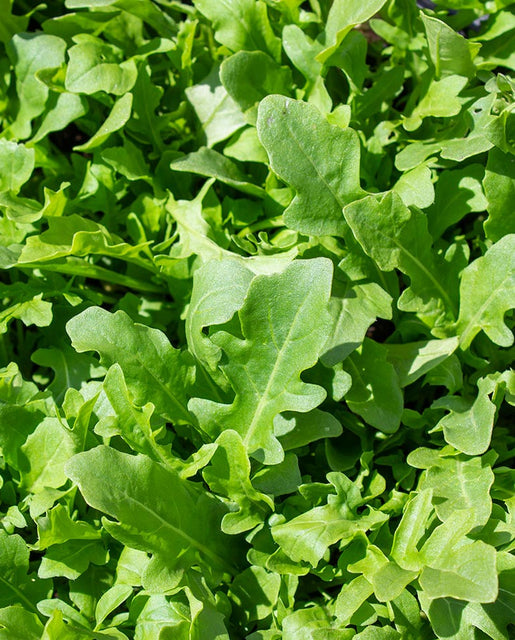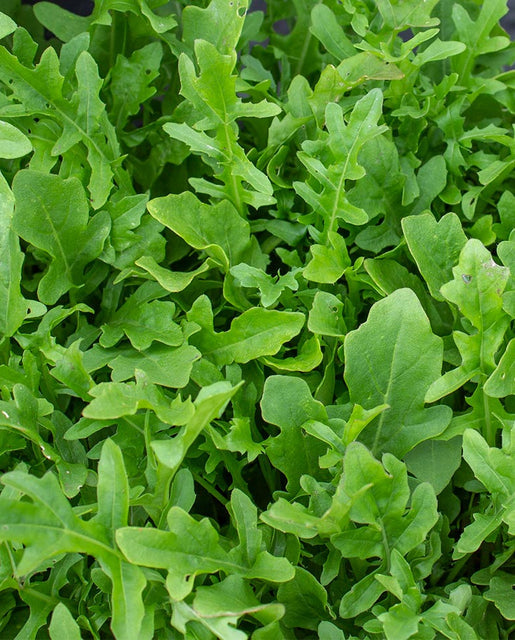Canadian Orders: Flat-Rate Shipping on Orders over $75 | Orders Over $150 Ship Free!
-
Shop
- New Arrivals
- Gardening
- Seeds
- Children + Baby
- Bath + Skin Care
- Baby Toys
- Books
- Puzzles + Games
- Loose Parts + Creative Play
- The Little Naturalist
- Play Chef
- Slings
- Apothecary
- Kids Lunches
- Accessories
- Sustainable Living
- Brushes / Brooms
- Food Storage
- Outdoors
- Coffee, Tea, Chocolate + Honey
- Coffee + Tea Accessories
- Water bottles + Travel Mugs
- Cookbooks
- Dishwashing
- Laundry
- Cleaners
- Accessories
- On The Go Essentials
- Self Care
- Face Care
- Body Care
- Hair Care
- Cosmetics
- Deodorant
- Toothpaste + Oral Care
- Sun Care
- Accessories
- Zero Waste Bathroom
- Soap
- Essential Oils
- For Men
- Books
- Apothecary + Natural Supplements
- Pet Care
- Shop Local
- Bulk
- In Store Pick Up
- Home Improvement
- Paint & Stain
- Discover
- Bulk Bar
Celeriac — Brilliant
$5.99
Brilliant celeriac seeds are easy to grow and harvest. The big white root has few external markings and grows vigorously. Flavour hovers between a mild celery and parsley and it has the consistency of a potato. Celeriac is surprisingly versatile and makes a fantastic puree that matches well with other root vegetables. Or try dicing some and adding to winter soups. Add some to stir-fries, or sliced thin in a scalloped or gratin dish. Try cutting some raw celeriac thinly in to matchsticks or small cubes, and pickling them in some sweet vinegar. The firm texture of pickled celeriac adds crunch and a bright flavour to salads and stews.
Matures in 110 days. (Open-pollinated seeds)
- Flavours between mild celery and parsley
- Grows vigorously
- Nice in soups
- Big white root with few markings
- Matures in 110 days
Size: 0.03g (approx. 110 seeds)
Season & Zone
Season: Cool season
Exposure: Full-sun
Timing
Direct sow from just after the last frost date to late summer for harvests from summer through early winter. Sow at 3 week intervals for a continuous harvest. Direct sow winter-harvest carrots (where winters are mild) in the first two weeks of August. Optimal soil temperature: 7-30°C (45-85°F). Seeds may take as long as 14-21 days to germinate.
Starting
Sow seeds no more than 5mm (¼”) deep, 3 seeds per pot, and thin to the strongest plant.
Growing
Ideal pH: 6.0-6.5. Celery is a heavy feeder and needs rich, moist soil. Add compost to soil and apply ¼-½ cup of complete organic fertilizer per 1.5m (5′) of row. Transplant when seedlings are 10-12cm (4-5″) tall. Avoid transplanting until night time temperatures are reliably at 10°C (50°F) or warmer. Space transplants 30cm (12″) apart in rows at least 45cm (18″) apart. Water frequently. Premature bolting may result from young plants being exposed to temperatures below 13°C (55°F) for several days.
Harvest
For best flavour and longer storage, water plants the day before harvest. Stalks on the outside of the plant can be harvested at any time. The entire plant may be harvested once the desired size is reached, but the home gardener should leave the plant in the garden and take only what is needed, leaving the root intact. If winter is not too cold, celery will stand in the garden until spring, allowing for light pickings for soups and salads.
Diseases & Pests
Use floating row covers early in the season, and put up collars if cutworms are present.
Companion Planting
Celery is a good partner for beans, the Brassicas, cucumber, garlic, leek, lettuce, onion, and tomatoes.
Download this Guide to Companion Planting booklet for more information, planting tips, and a helpful chart that indicates both companion and rival plants in the garden.
Related Items
Agastache — Licorice Mint
Sold Out $3.49
Agastache foeniculum. With heavily licorice-scented leaves and tall spikes of edible lavender flowers, Licorice Mint has been used medicinally for generations. It also happens to...
View full product detailsArugula — Astro Organic
Sold Out $3.99
CERTIFIED ORGANIC! Astro organic arugula seeds produce a plant with leaves that are less lobed and more strap-like. It has a milder flavour than regular...
View full product detailsArugula, Wild — Selvatica Heirloom Organic
Sold Out $3.69
CERTIFIED ORGANIC! Diplotaxis tenuifolia. While technically this variety is a perennial, growers and home gardeners will probably prefer growing it as a fast maturing annual crop. Bellezia...
View full product detailsSign up to get the latest on sales, new releases and more…
© 2024 Sustain.
Ecommerce Software by Shopify

